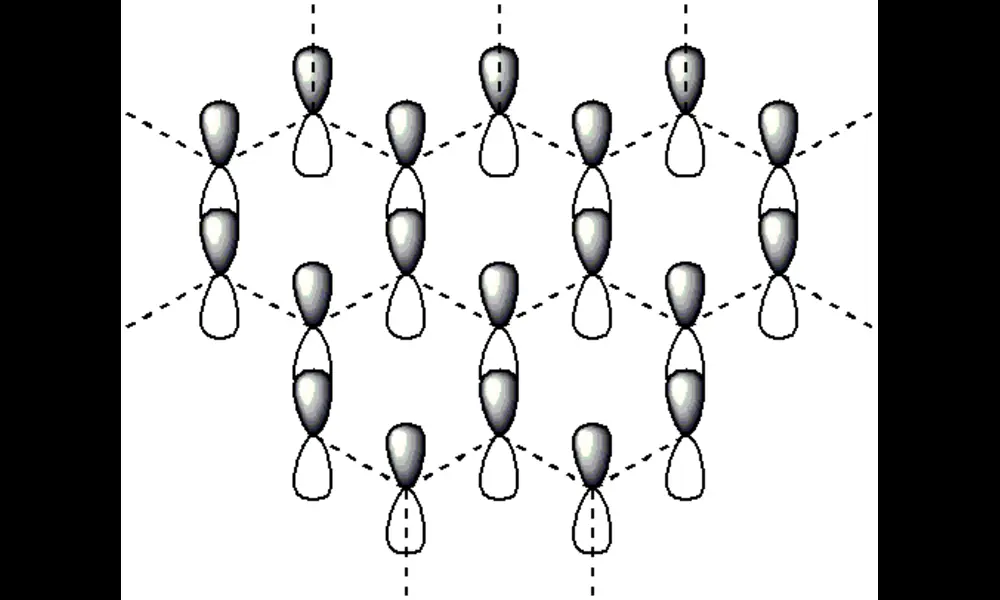Microbial Interactions Crucial in Thwarting Invasive Plant Growth: Insights from Crofton Weed Study
Published on Tue Jan 09 2024 File:Ageratina adenophora (Flower) 2.jpg | Ixitixel on Wikimedia
File:Ageratina adenophora (Flower) 2.jpg | Ixitixel on WikimediaThe battle against invasive plant species has taken a fascinating turn, as scientists uncover the complex role the microbial world plays in their early life stages. A groundbreaking study by researchers at Yunnan University in Kunming, China, published as a preprint on BioRxiv, reveals how the interactions between a notorious invader, Ageratina adenophora, commonly known as Crofton weed or Mexican devil weed, and microorganisms in the environment can dictate the plant's survival and growth. This invasive plant has spread to over 30 countries, posing a significant challenge to native ecosystems. However, the solution to this problem might have been hiding in plain sight, within the plant's leaves and surrounding soil.
The study elucidates that leaf litter surrounding Ageratina adenophora harbors a higher concentration of potential pathogens compared to soil, leading to lower germination rates and seedling survival. Furthermore, the timing of microbial exposure plays a crucial role; early inoculation with these microbes results in more detrimental effects on the seedling's growth and survival. Interestingly, the nutrient levels in the soil did not significantly alter the effects of these microbes on the plant, suggesting that the presence and timing of microbial exposure are more critical factors.
Some of the microbial culprits behind the high mortality of Ageratina adenophora seedlings were identified as fungal strains from the genera Allophoma and Alternaria. These findings emphasize the misunderstood and often overlooked role of microbes in regulating plant populations. This intricate dance between plants and microbes not only shapes the fate of invader species like Ageratina adenophora but also hints at potential biological control strategies. By leveraging the natural microbial enemies of invasive plants, we might find more effective and environmentally friendly ways to manage these unwanted invaders.
This research not only advances our understanding of plant-microbe interactions but also sheds light on a novel and promising avenue for combating invasive species. The idea that we can "fight nature with nature" by using microbes to inhibit the growth of invasive plants could revolutionize our approach to maintaining biodiversity and protecting native ecosystems from invasion. While further research is needed to explore the practical applications of these findings, the study offers hope and a new direction for ecological conservation efforts.



